January is the time of year when people inquire about tropical vacation ideas. For those of us in the Boston area - and despite record warmth so far - we are particularly antsy for a winter escape plan as we fear another blizzard scenario like the one that kept us shut-in for months last year (although I think many secretly enjoyed it!).
Most of our readers are from the US, so they are typically looking for something in the western hemisphere, ideally a short flight away. Therefore, we've listed 10 of our favorite warm weather getaways that are relatively easy to reach from the US. No red-eye required (though maybe for West Coasters), and minimal (if any) time zone change, so you can start enjoying your vacation the minute your feet hit the sand!
For the Diver: Caye Caulker, Belize
"Go Slow" is the island motto and for good reason. This tiny island has no paved roads or cars, and the only way around is by foot, bike or golf cart. It's a 45 minute ferry ride from Belize City and is situated in the Mesoamerican Barrier Reef - the second largest barrier reef in the world. It was here that we dove with sharks, dolphins, turtles and green moray eels. There are no wide, expansive beaches on this caye, but jump off any pier to swim, take a short boat ride out to the reef for a snorkel or stroll over to the The Split for a cold drink and watch the spectacular sunset over the ocean. Finally, Caye Caulker is an ideal launching pad from which to visit the Blue Hole, one of the top dive sites on every diver's bucket list. Interested? Read more here.
For the Surfer: Rincon, Puerto Rico
Surfers from all over the US flock to Rincon each winter to enjoy the big waves, warm water and laid-back vibe. Instead of long white sand beaches common in the northeast of Puerto Rico, Rincon is comprised of several little coves. Here you can find many quirky, locally owned hotels or house rentals and there are plenty of little beach bars and restaurants to provide fuel for the grueling work-out that is surfing. Many families also love Rincon for the home rentals and safe, laid-back atmosphere. Read more about Rincon here.
For the Adventurous Beach Bum: Tulum, Mexico
The beach surrounding Tulum is one of the most beautiful we've ever seen. It's your quintessential Caribbean paradise - white sand, turquoise water, crashing waves, tall palm trees and fresh margaritas (best we've had anywhere in the world!). It offers something for everyone - sun, snorkeling, parties, culture, and adventure. Here you can sleep on the beach all day or, for those of us who like a little adventure, there are plenty of fun things to do nearby - diving, fishing, ruins, cenote snorkeling (highly recommended!), and zip lining. And let's not forget that it's home to the best food in the world. Read more about the Riviera Maya here.
For (Almost) Guaranteed Sun: Eagle Beach, Aruba
For the Thrill Seeker: Arenal, Costa Rica
Located a three-hour drive from San Jose, this symmetrical volcano is encircled by jungle, rivers, lakes and a wide variety of flora and fauna. Until 2010, Arenal was Costa Rica's most active volcano, regularly spewing lava while villagers and tourists watched from a safe distance. Although it has recently entered a resting phase, it is still a tremendous natural attraction worth visiting. This region offers so many unique activities - white water rafting, volcano hikes, zip lining, canyoneering, waterfalls, nature walks and natural hot springs. Read more about Arenal, Costa Rica here.
For the Culture Seeker: Havana, Cuba
Cuba has become a hot destination ever since the US relaxed its travel restrictions to the island nation. This destination holds a special place in my heart since I have family that lives here. However, even if it didn't have a personal meaning, I'd find it fascinating. One could spend a full week in Havana enjoying the culture, history, artwork and music. As long as you remember that this is an island of limited means (don't expect the same level of service as elsewhere in the Caribbean) and really try to get to know the people, you will have an extraordinary experience. Also there is little/no internet so you will have a perfect excuse to disconnect from the virtual world for a little while and remember what it's like to be 100% present. Read more about Cuba here.
For the Romantic: Cartagena, Colombia
Now that JetBlue flies directly to Cartagena from many major US hubs, it's easy to discover the colorful culture of Colombia. The cobblestone streets, flower-covered buildings, and ocean sunsets make this city perfect for couples looking for a romantic getaway. Cartagena is full of boutique courtyard-style hotels that are surprisingly quiet, even though they are in the midst of the lively old city. Soak in the Spanish Colonial decor (obsessed!), enjoy the huge variety of fresh fruit drinks (guanabana is my favorite) and if you are a seafood lover like me, sample all the ceviche you can. Read more about Cartagena here.
For the Family: Fajardo, Puerto Rico
Puerto Rico is super easy for those of us on the East Coast and in the Midwest US. Last year, Chris and I went to Fajardo and stayed at El Conquistador. Both of us agreed that it was an ideal destination for families since it has something for everyone. Its private island, Palomino, has a calm beach (a must for young kids), restaurant, horseback riding, hiking trails, outdoor games, and sea kayaks. The main hotel has a water park, several pools, incredible views, a variety of restaurants, golf, and a host of indoor facilities that we didn't have time to try. Nearby is the rainforest and beautiful Luquillo Beach if you are looking for a change of scenery. There are also several great restaurants close to the property. Also consider going to nearby islands Vieques (I hear the W is amazing) or Culebra for a more remote beach getaway. Read more about the Fajardo area here.
For the Sailor: Tortola & Virgin Gorda, BVI
Offering tall green hills, serene turquoise water and soft white sand, Tortola and neighboring Virgin Gorda are the poster children of the Caribbean. The Caribbean Sea is very flat here despite consistent winds, making it an ideal place for sailing. The BVIs are a bit more difficult to get to than some of the other destinations on this list since you typically have to fly there via St. Thomas or San Juan, or arrive via boat. However, if you have a full week, considering renting a sailboat and captain for a few days to explore all the remote beaches, islands and reefs. We stayed on land and while VERY quiet, there is lots of fun to be had at the marina bars in the evening, especially if you are there for the full moon party at Bombas on Tortola or Jost Van Dyke's Soggy Dollar Bar.

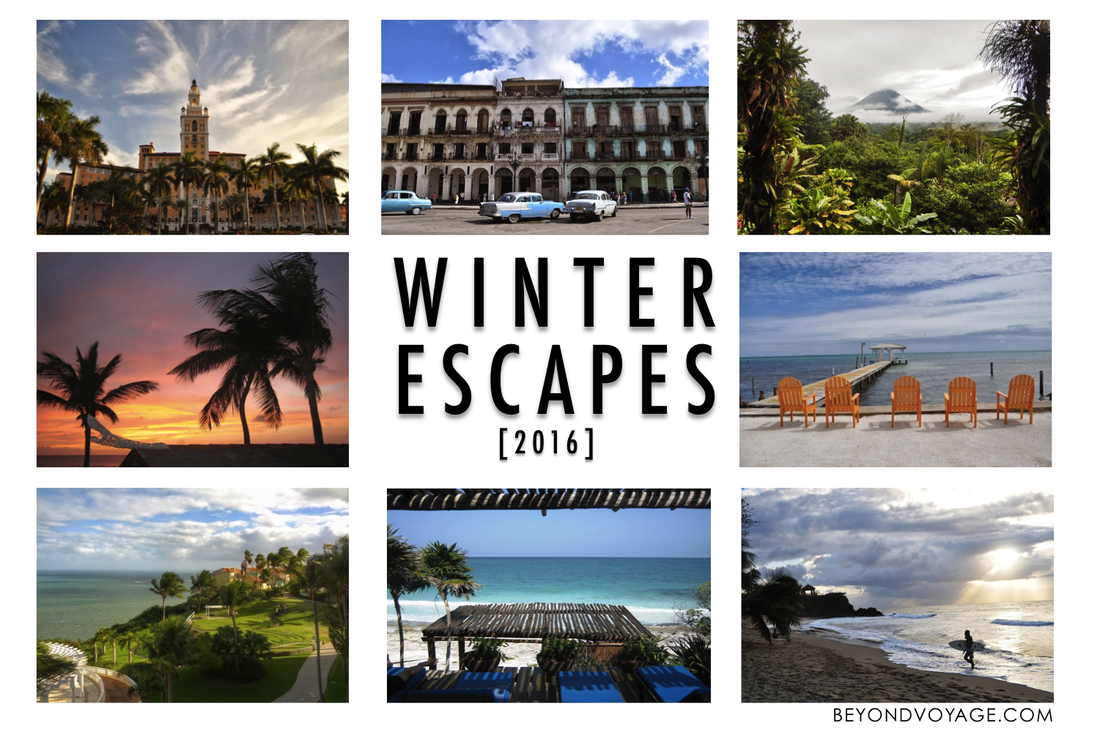
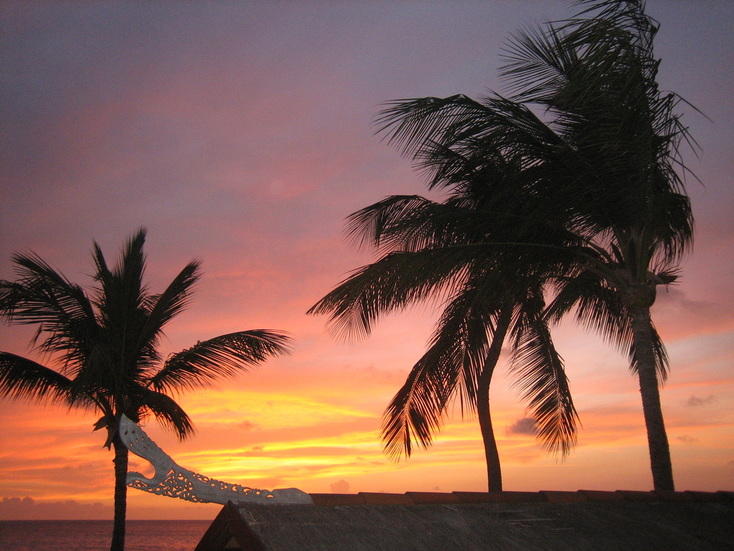
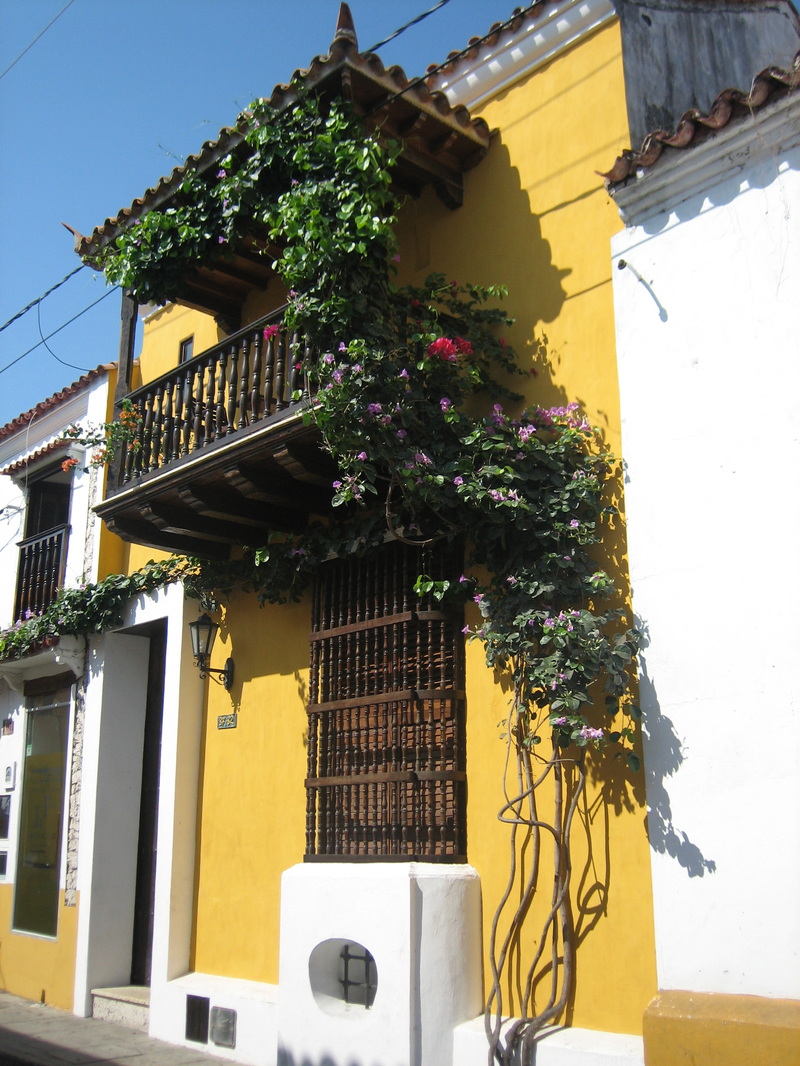
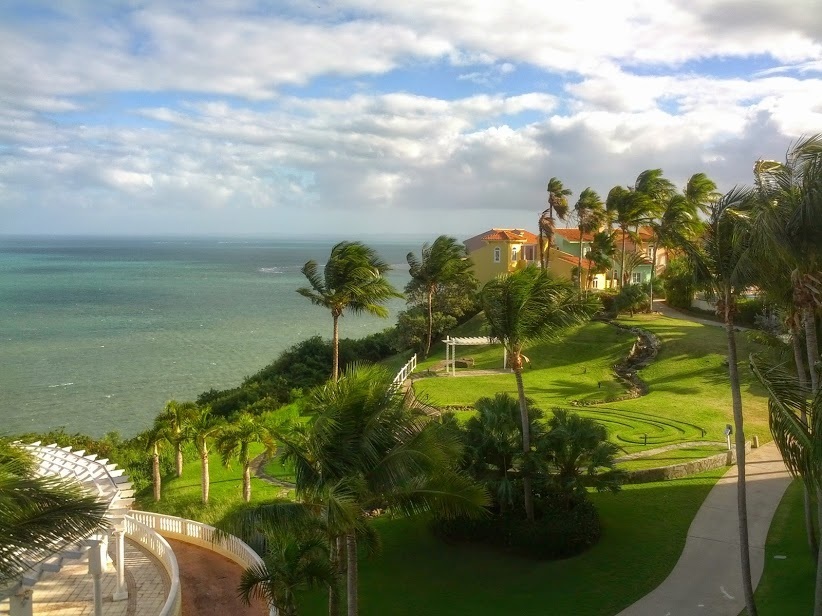
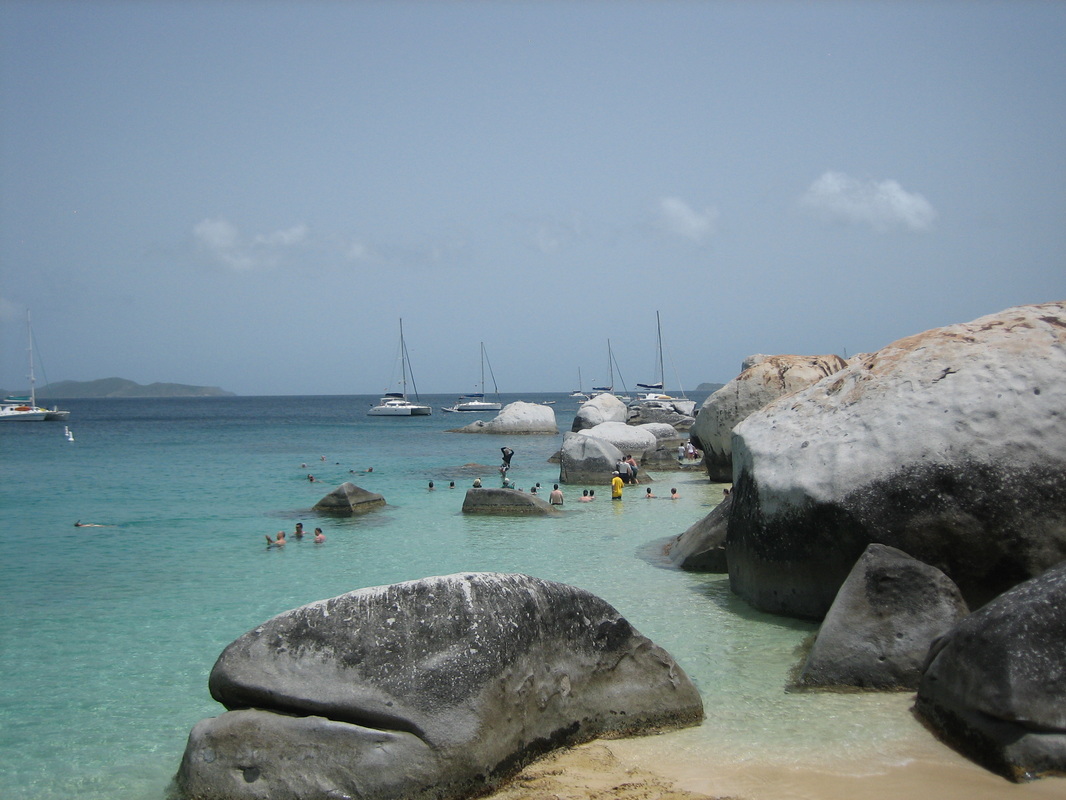
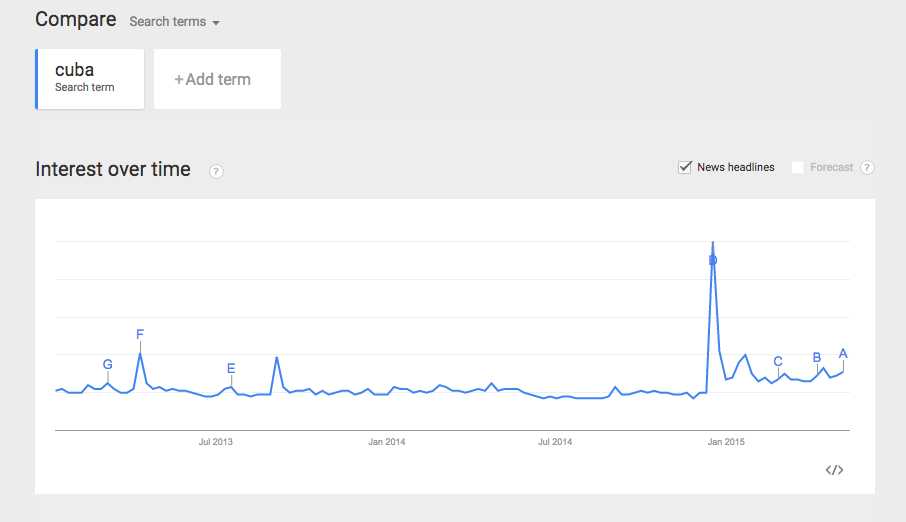
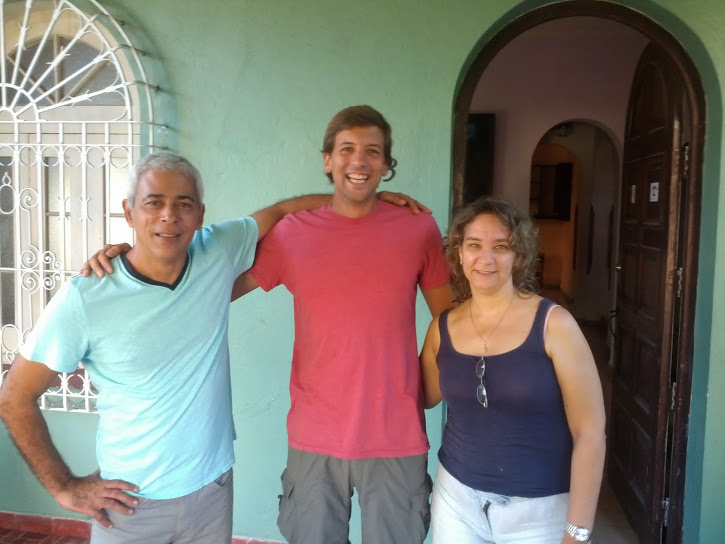
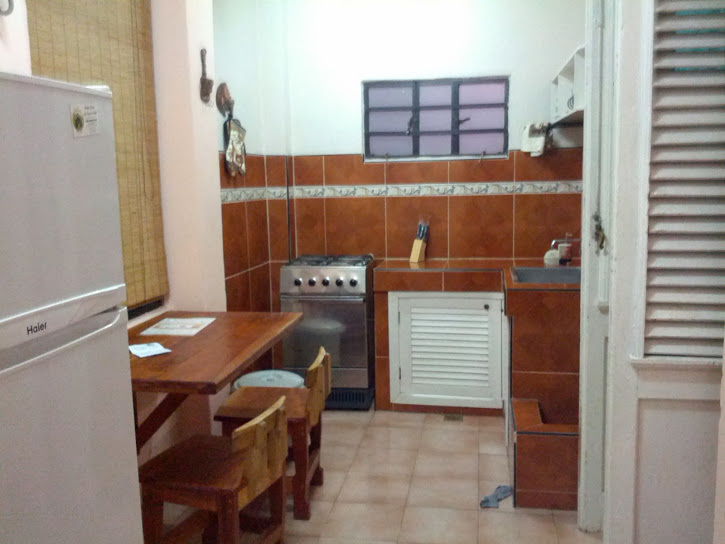
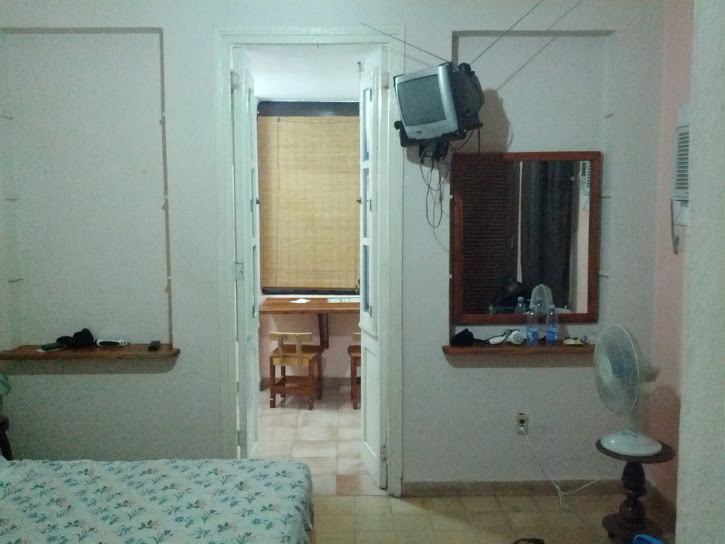
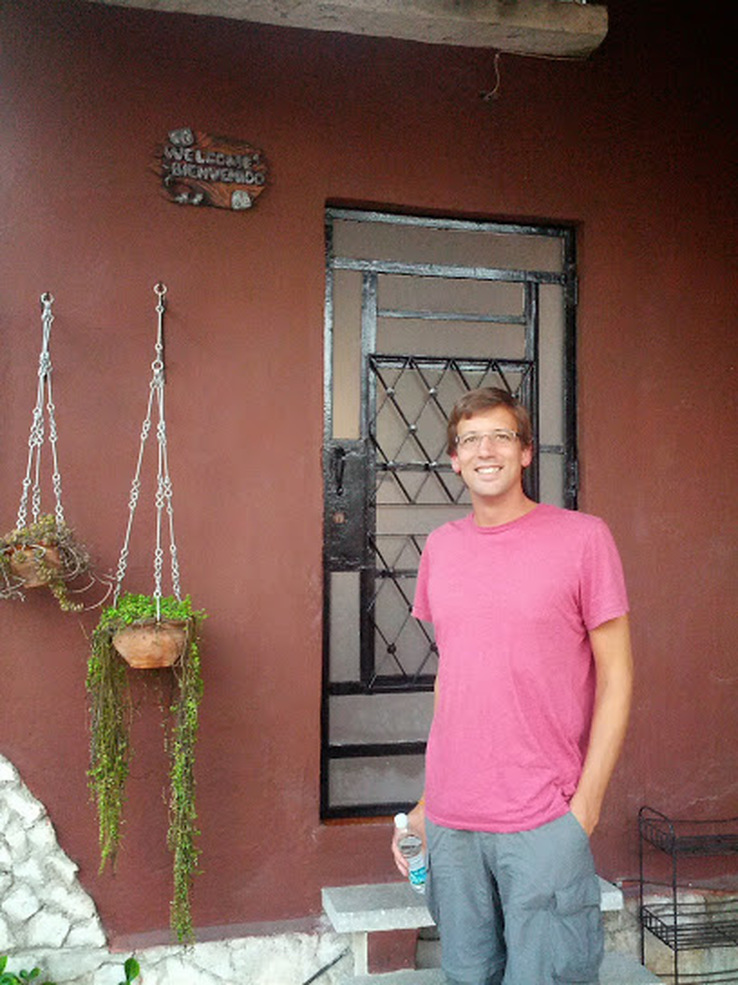
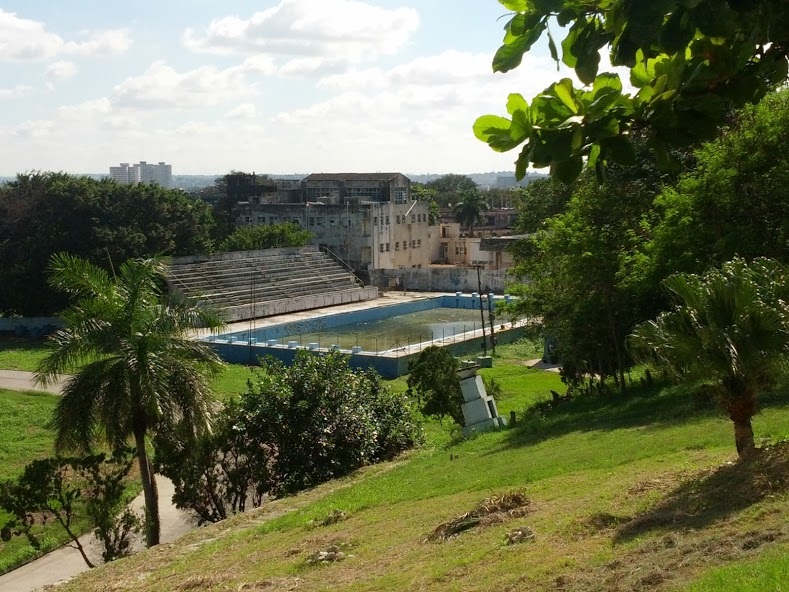
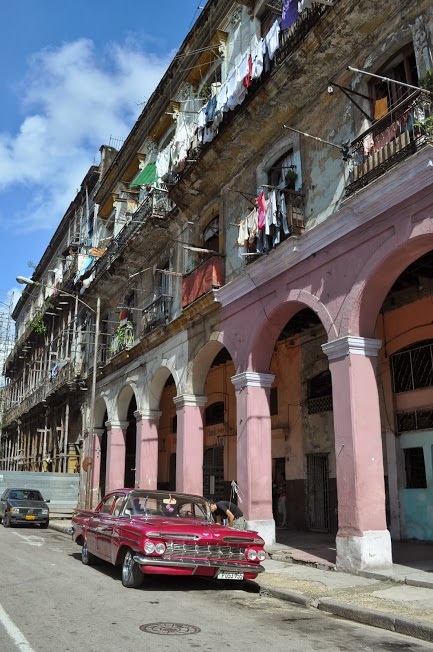
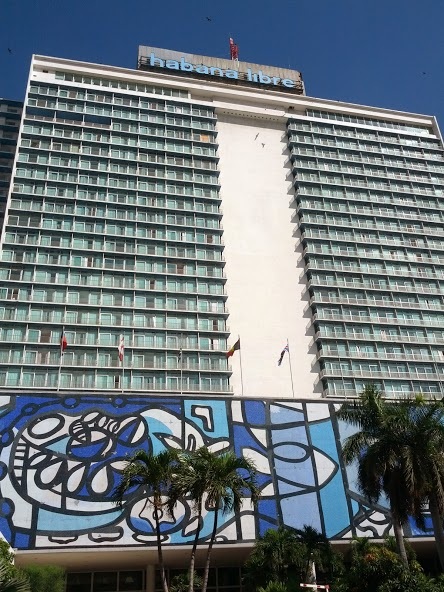
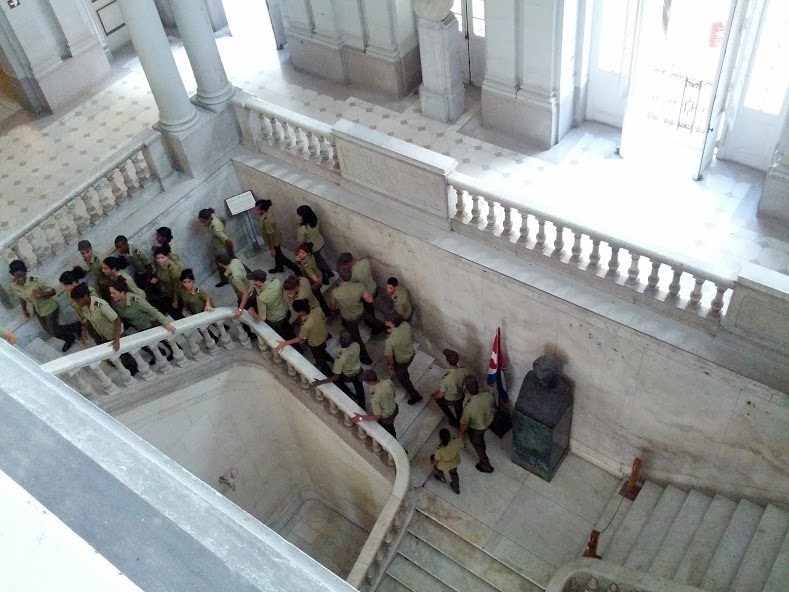
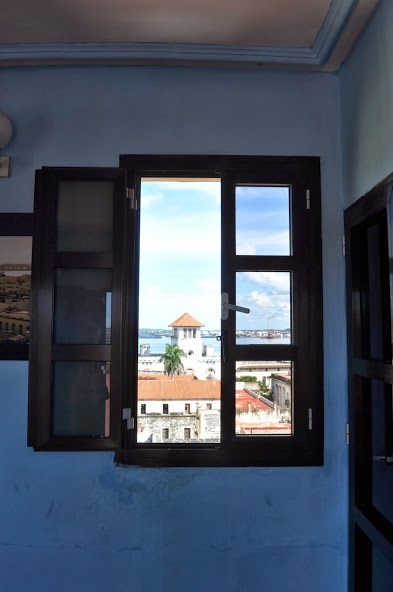
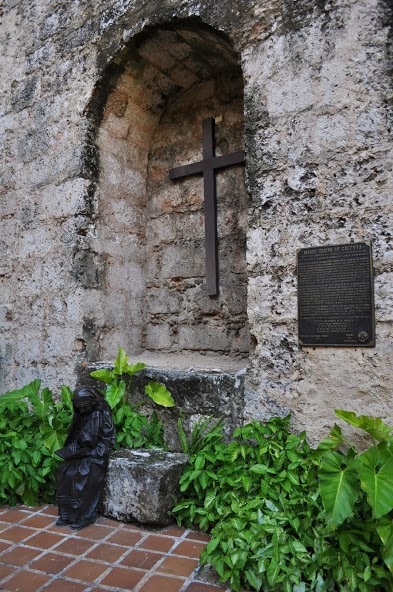
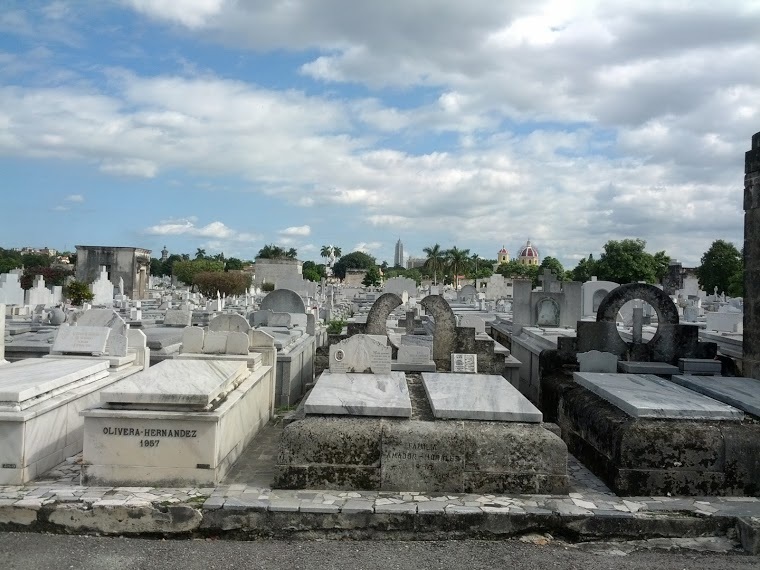
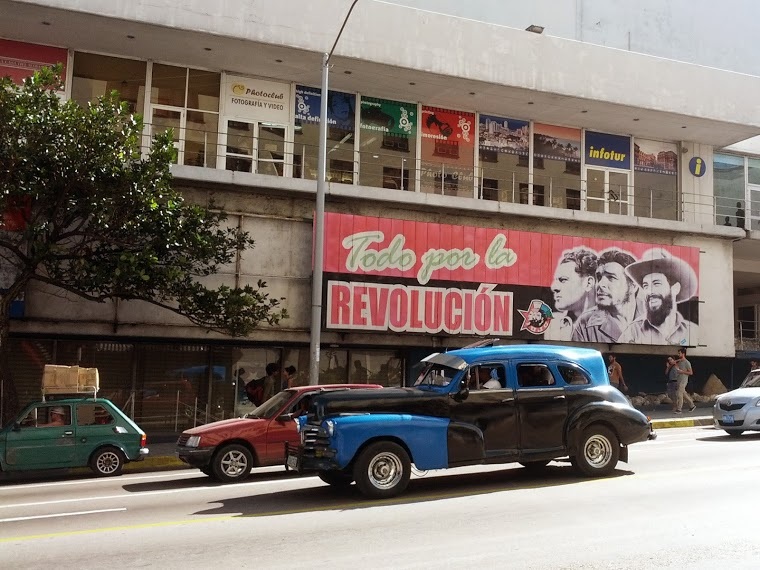
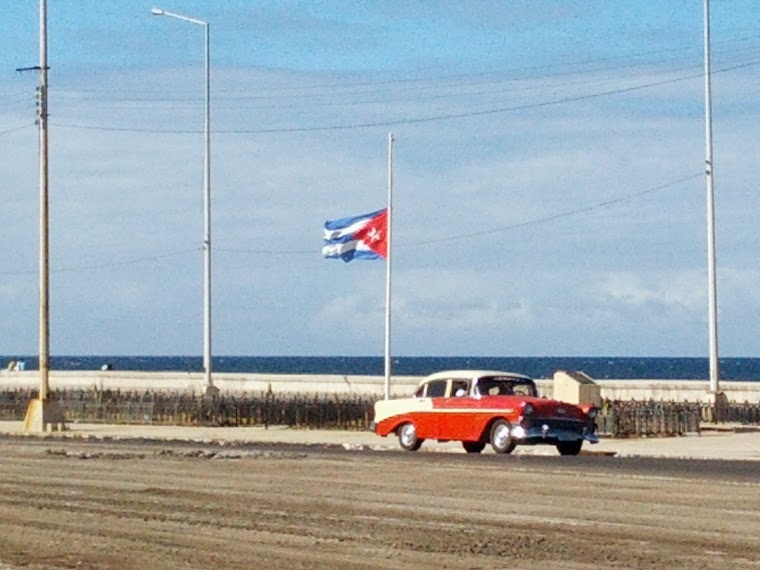
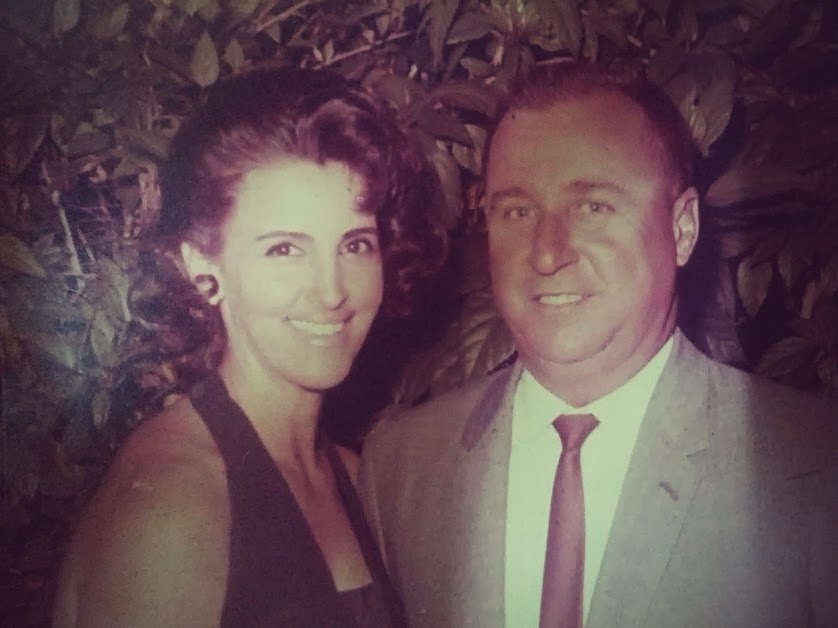
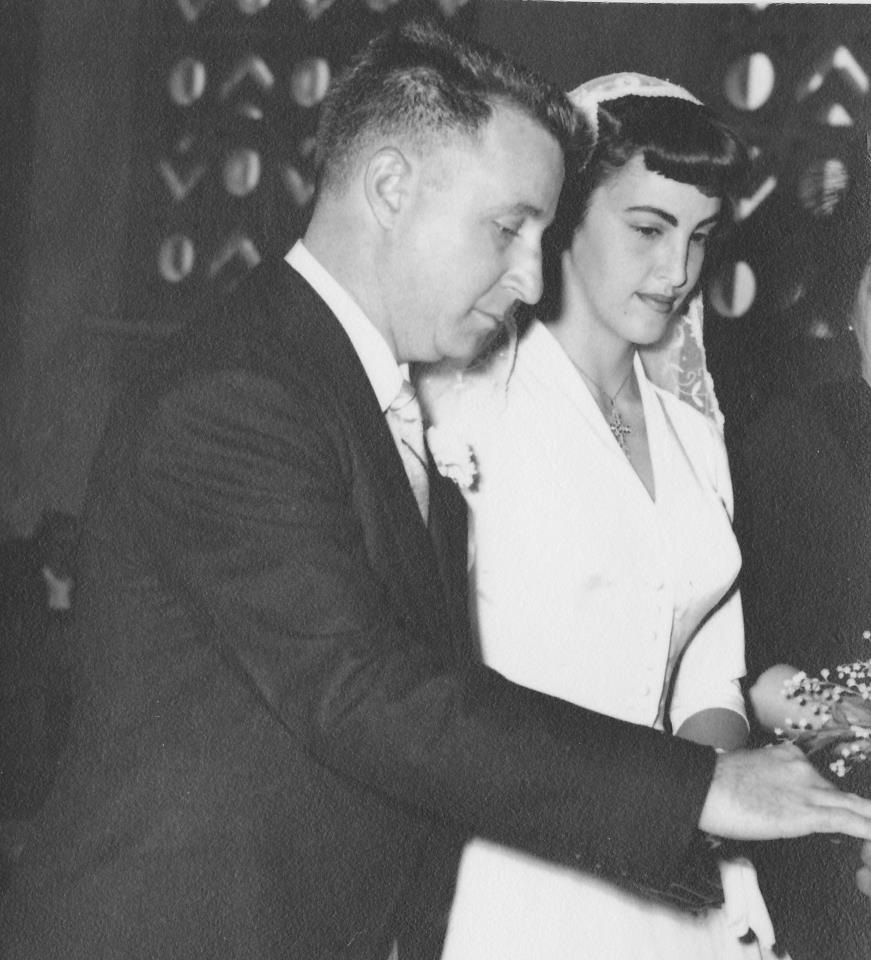
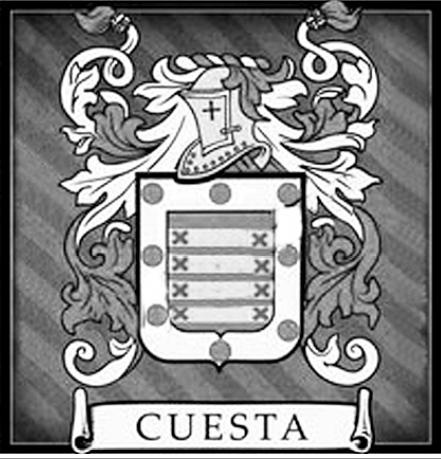
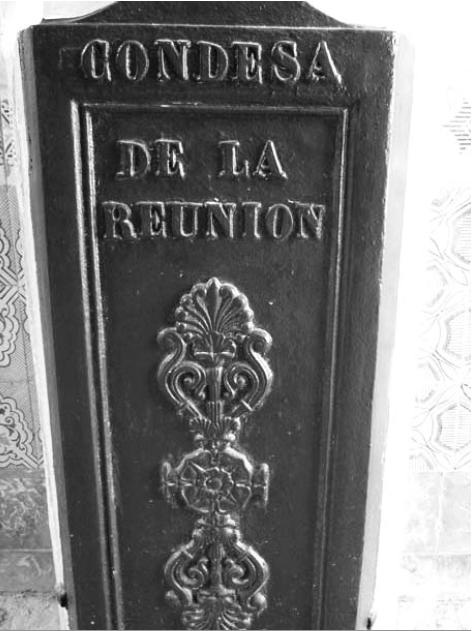
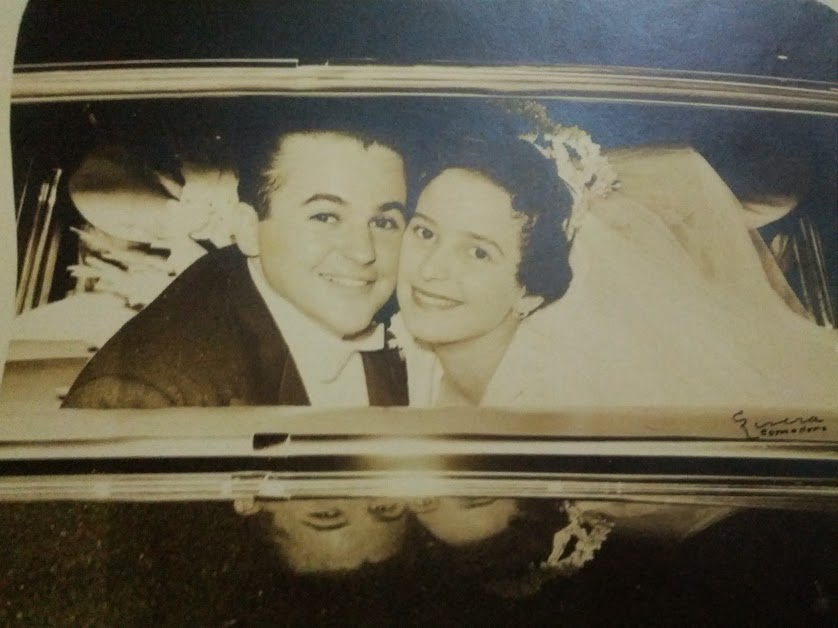
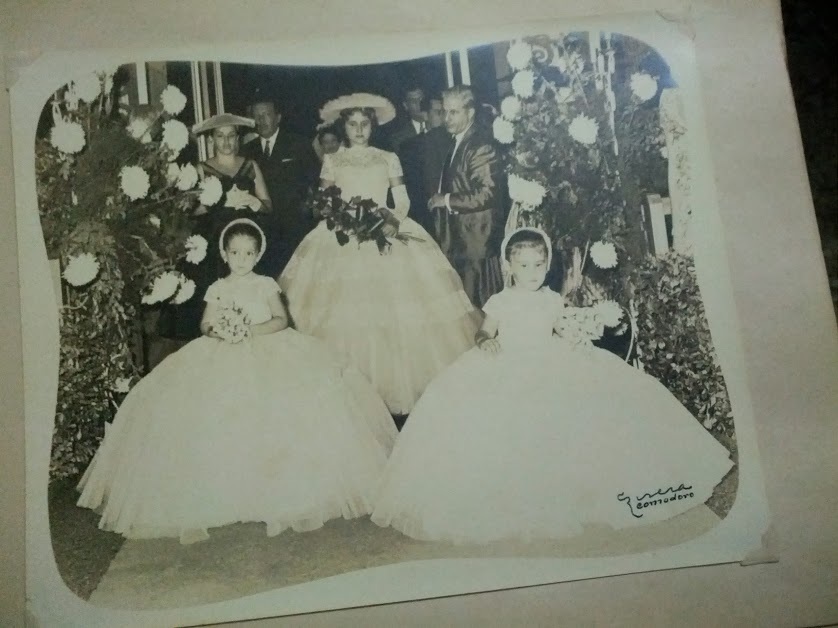
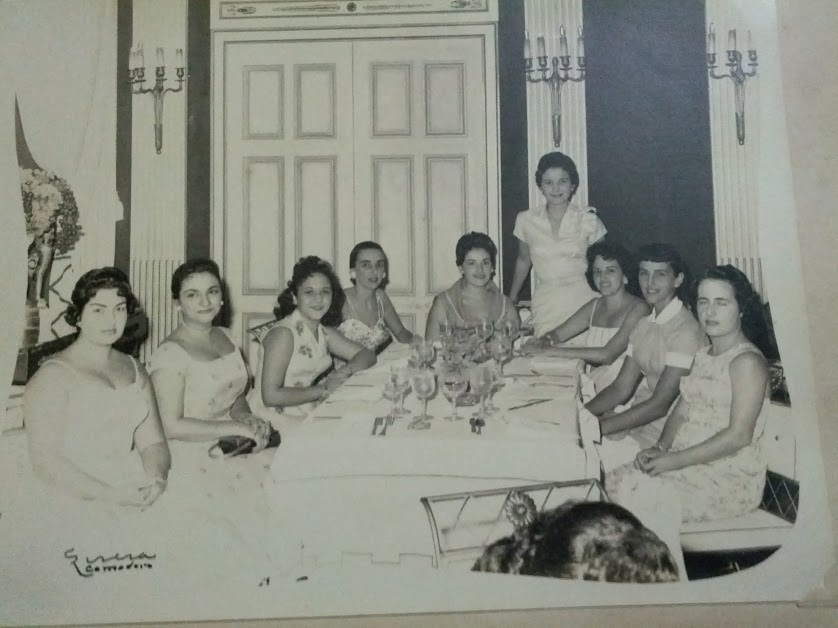
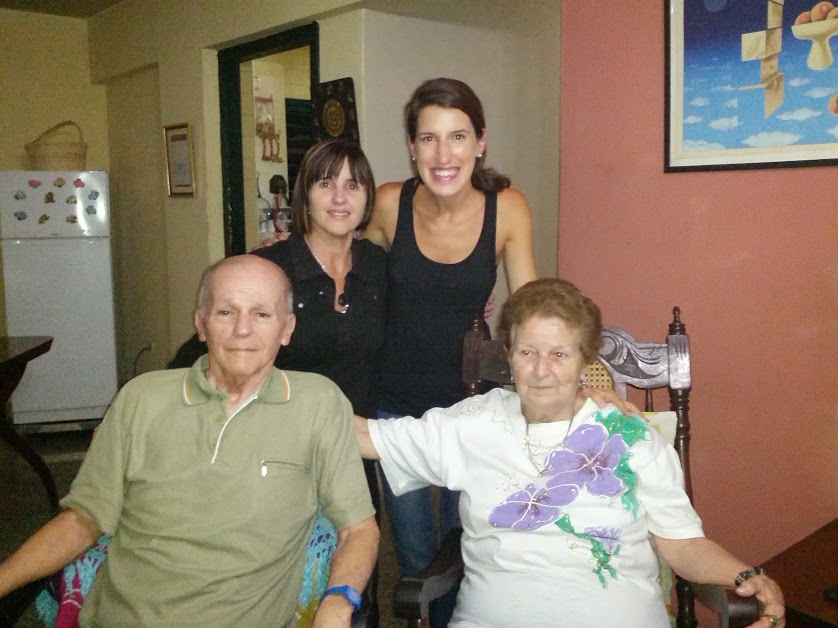
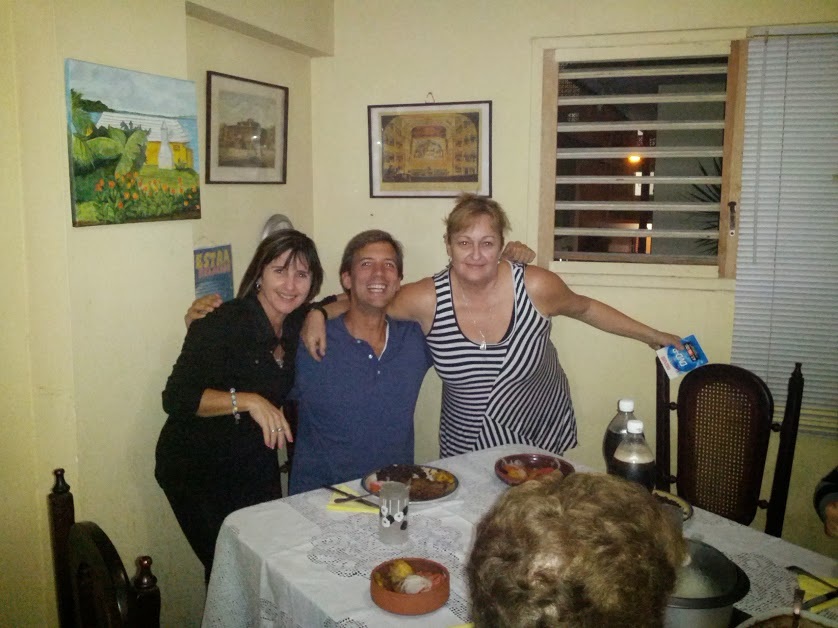
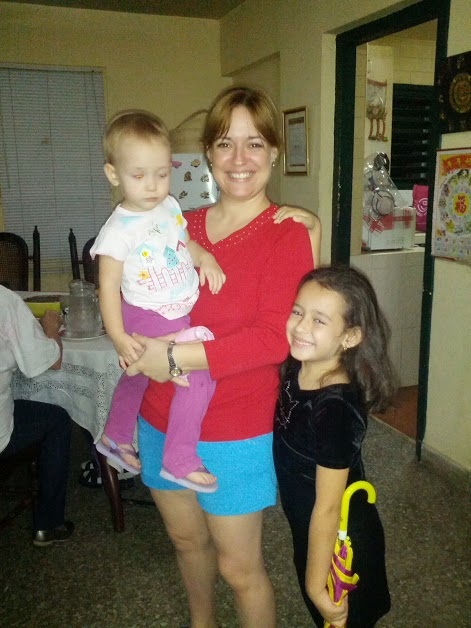
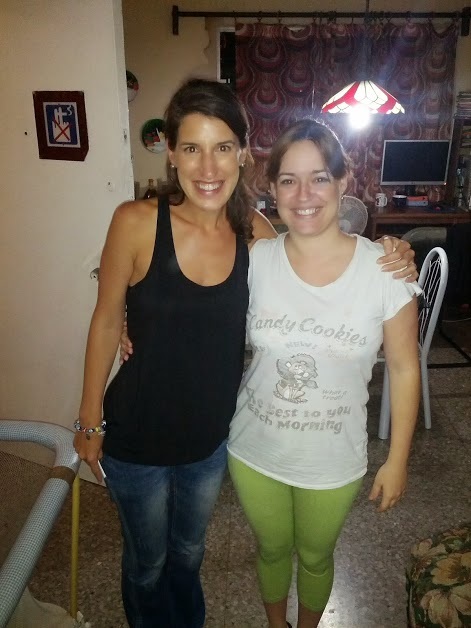
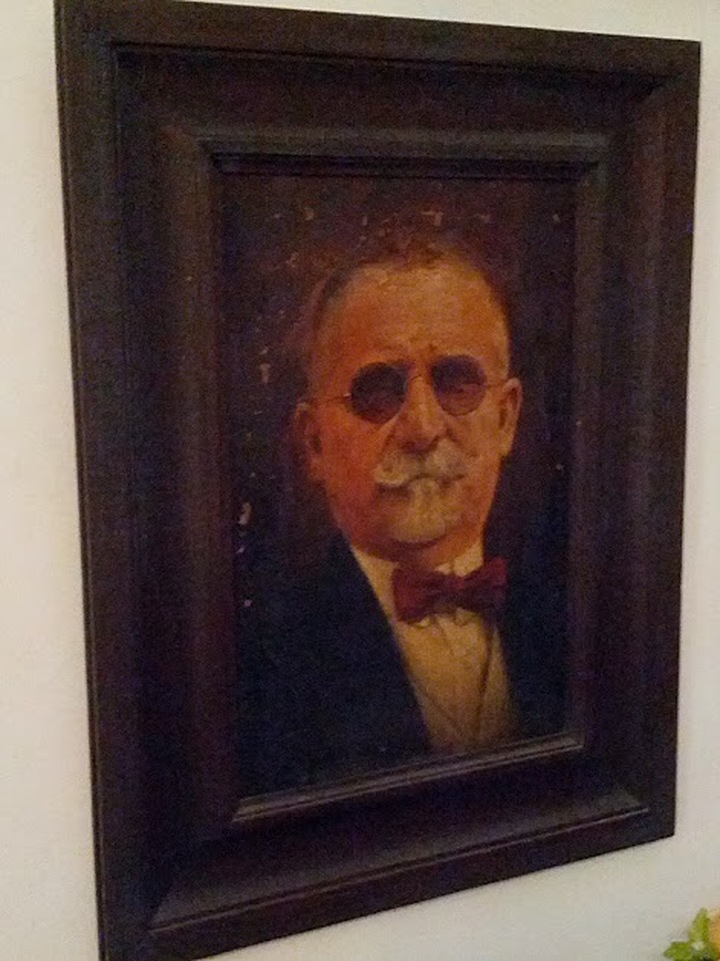
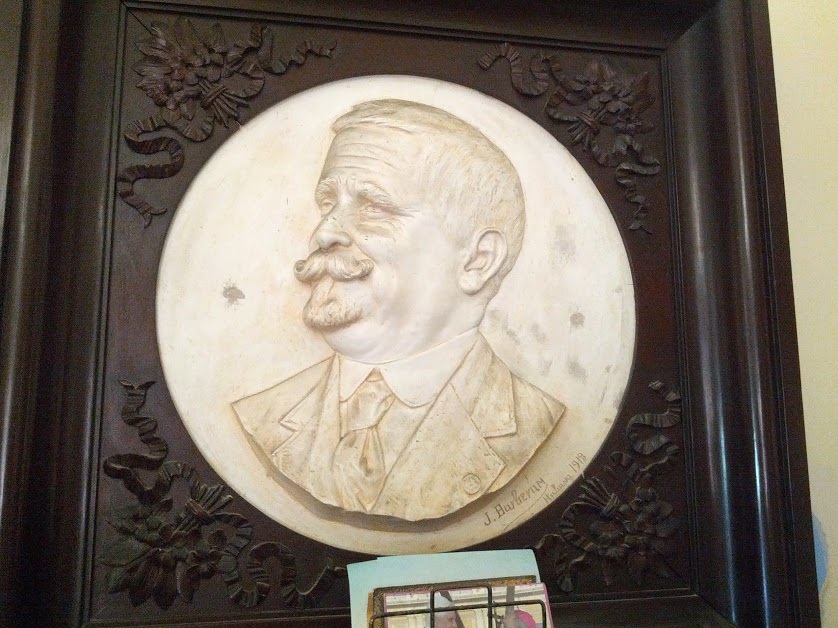
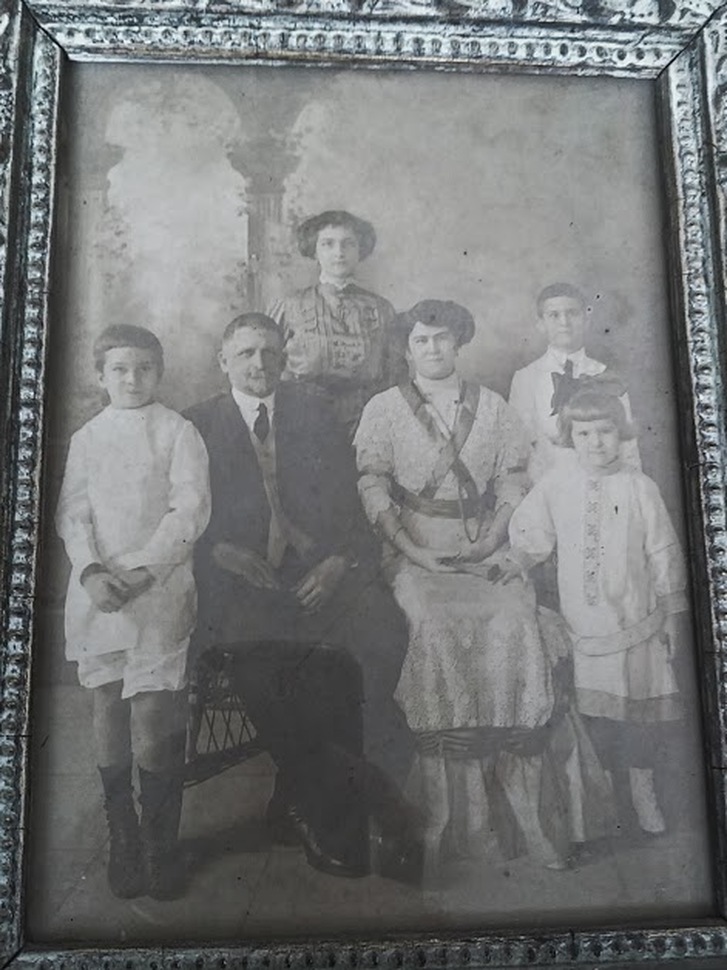
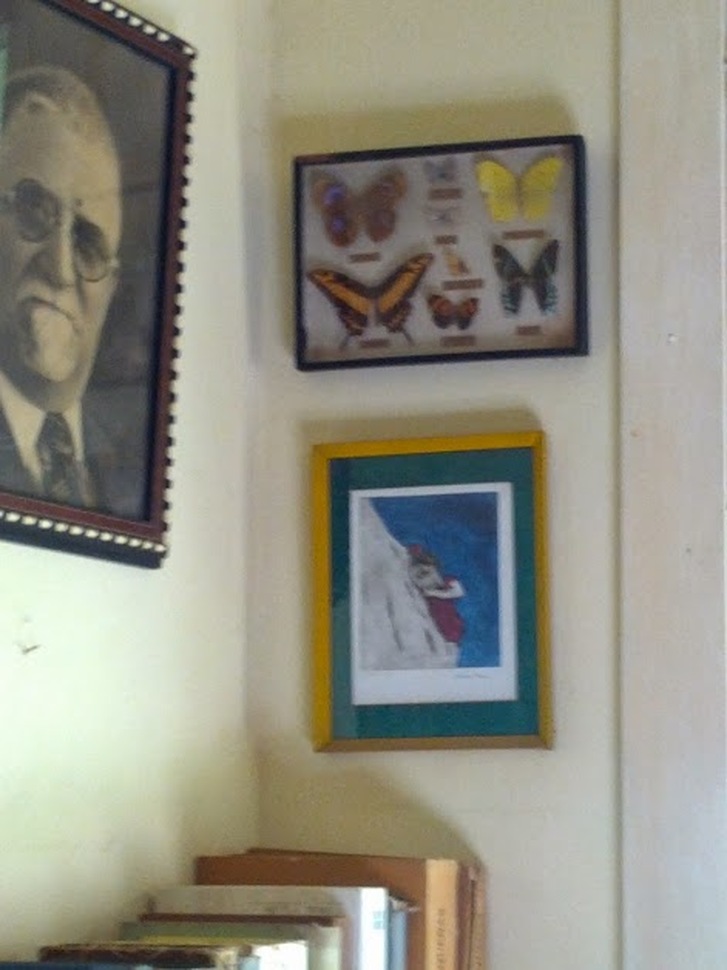
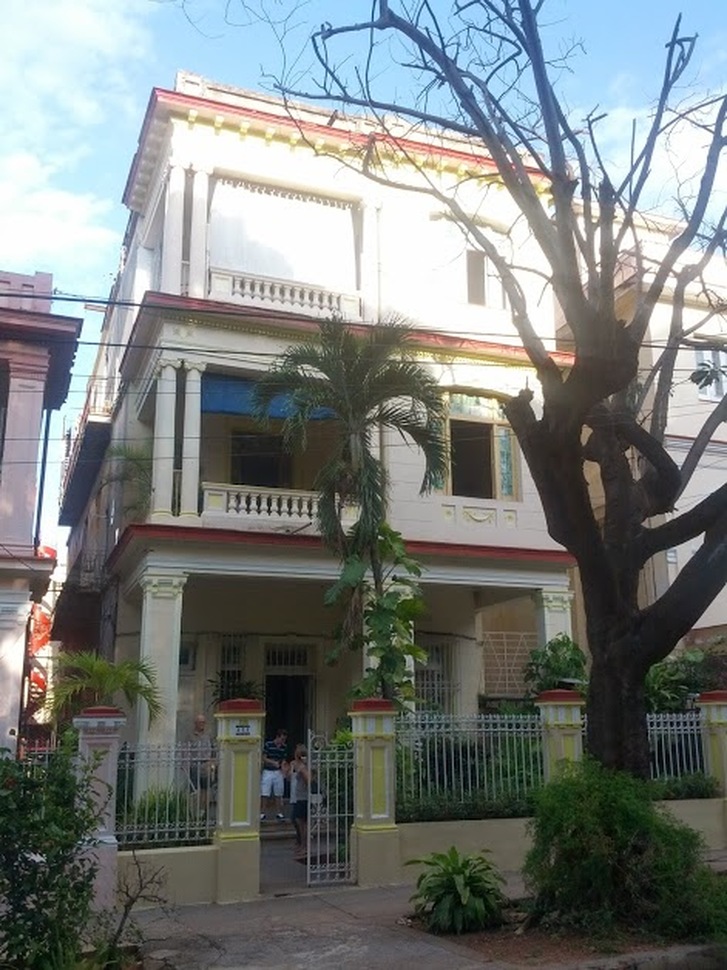
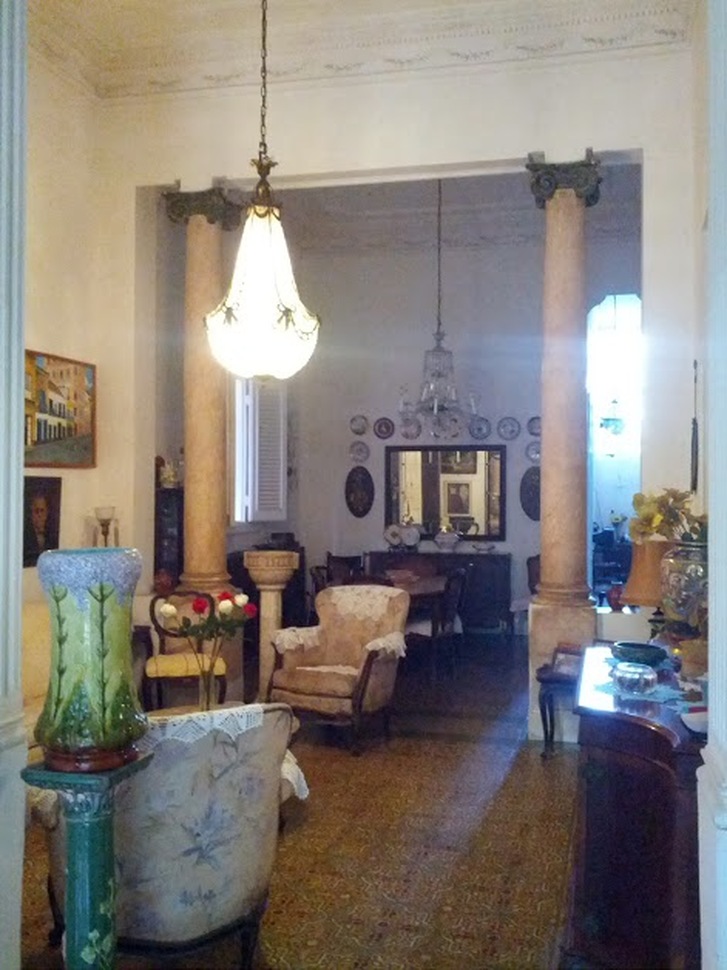
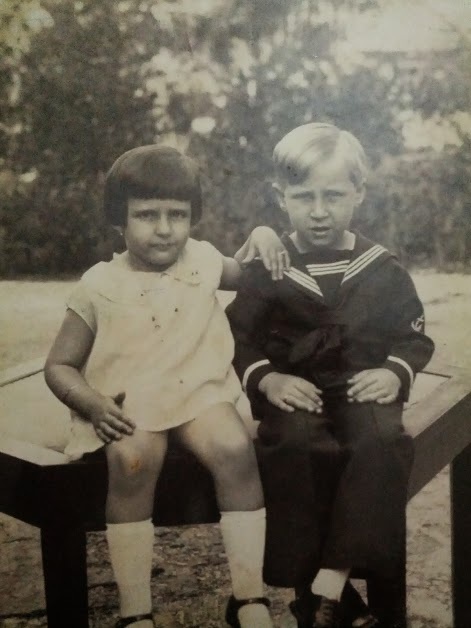
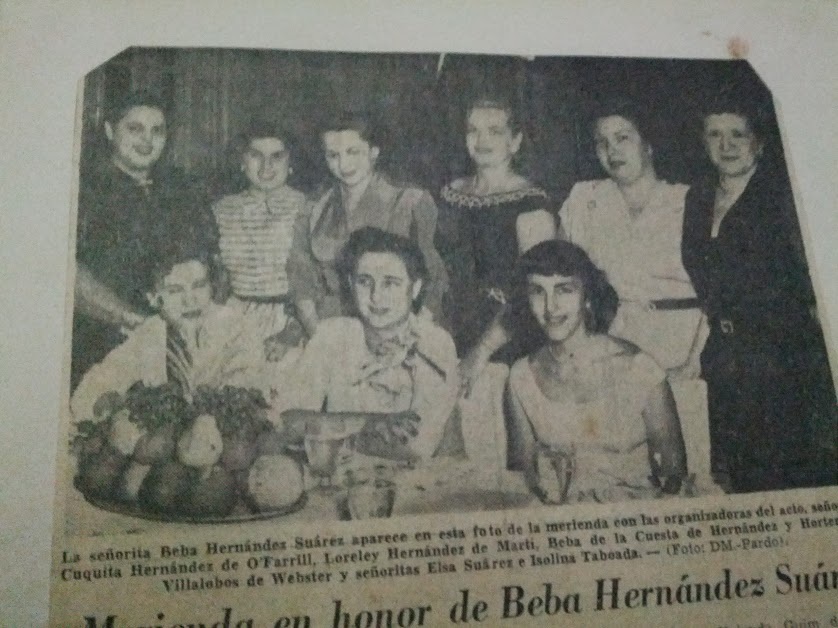
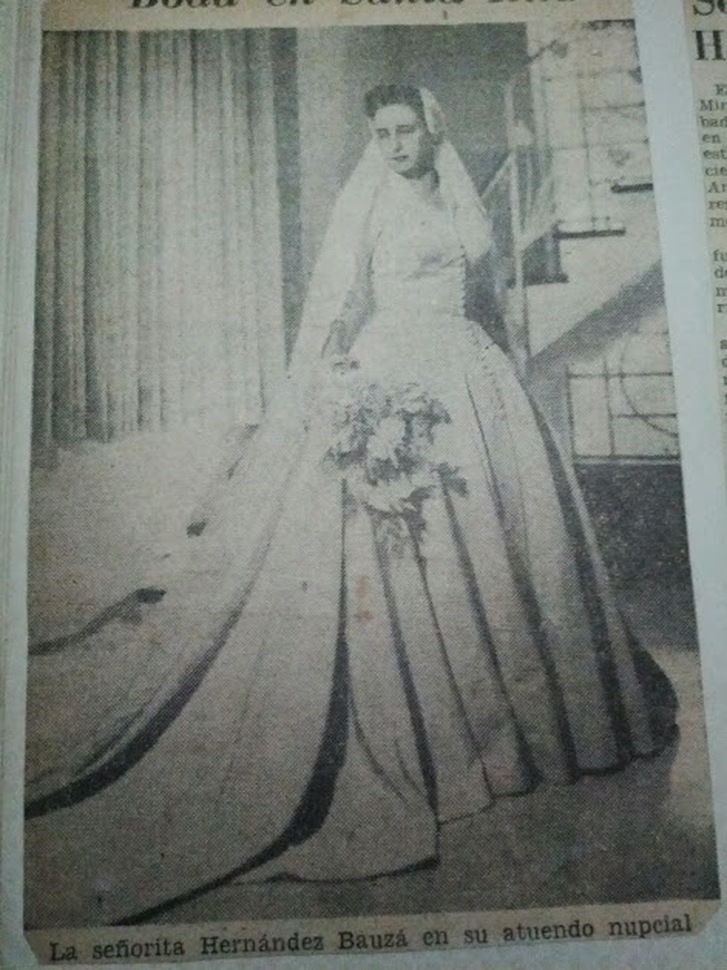
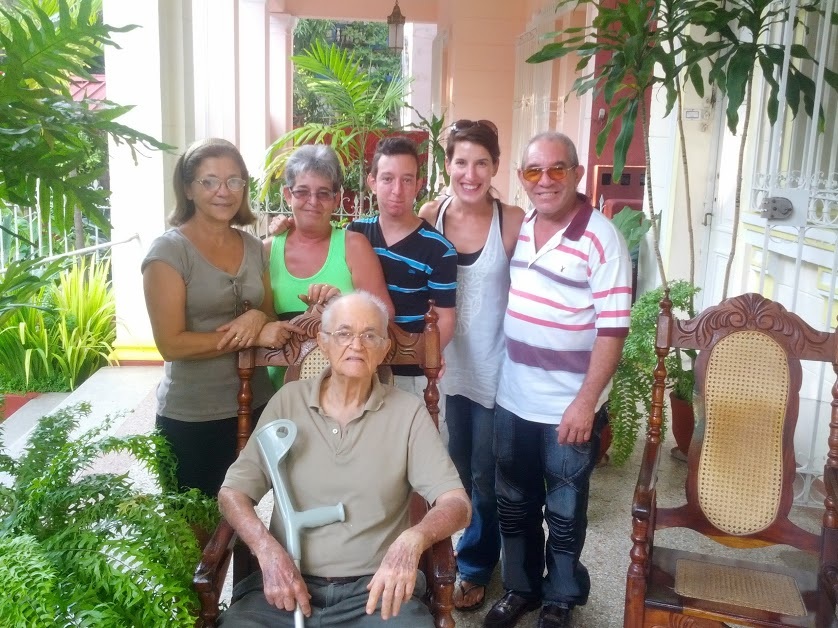
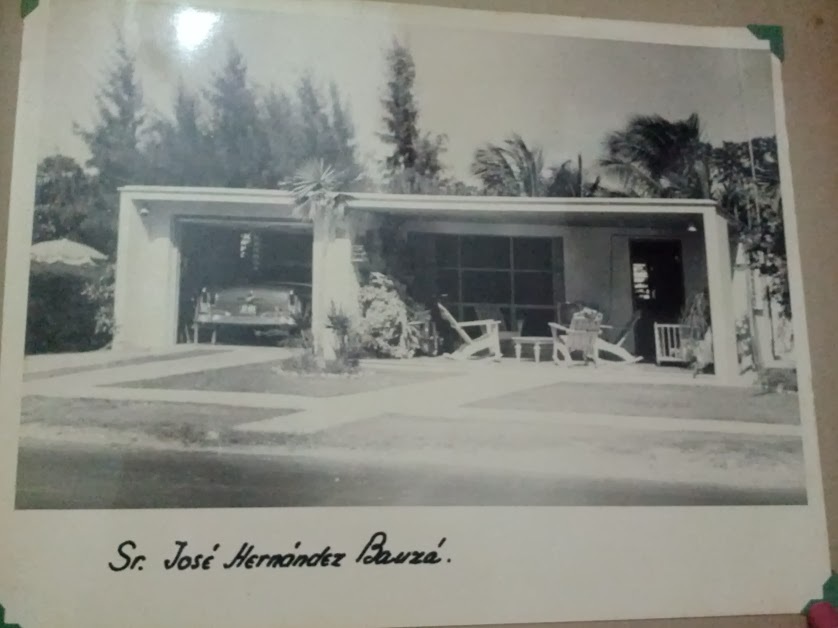
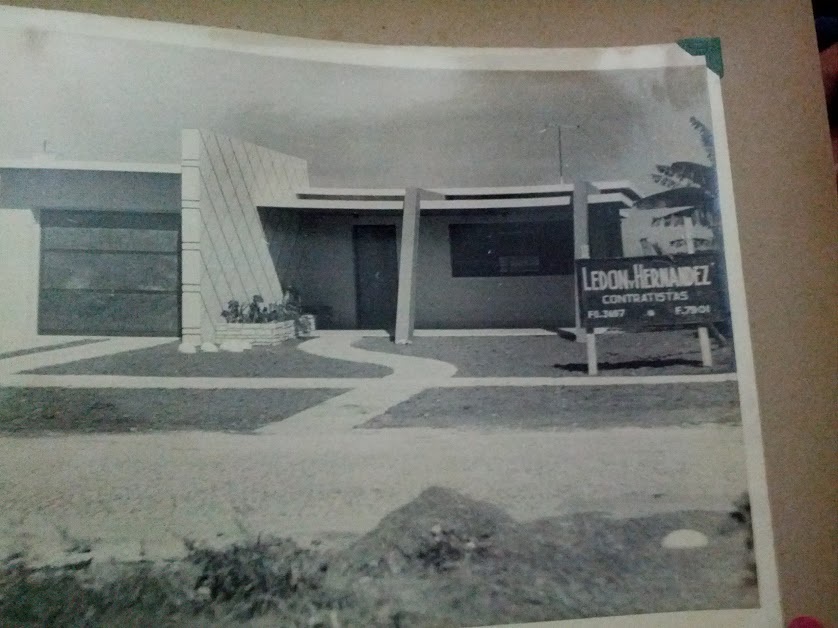
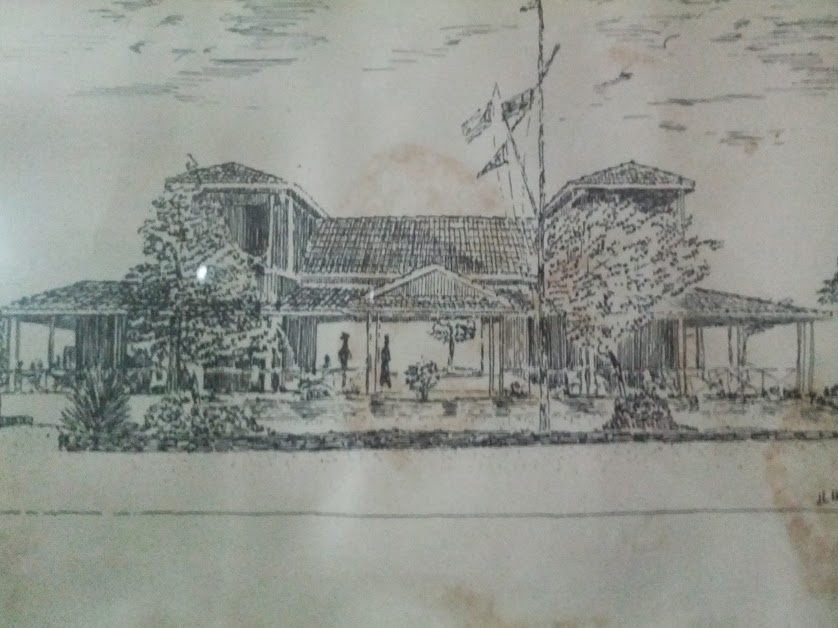
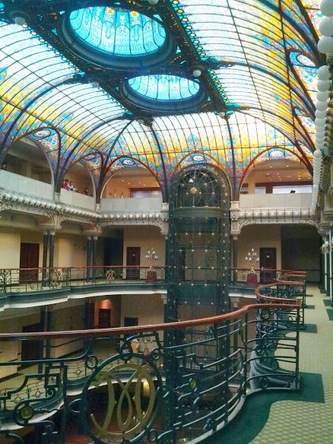
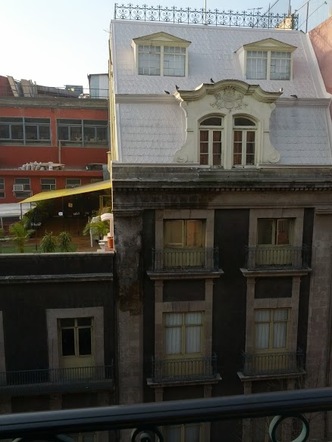
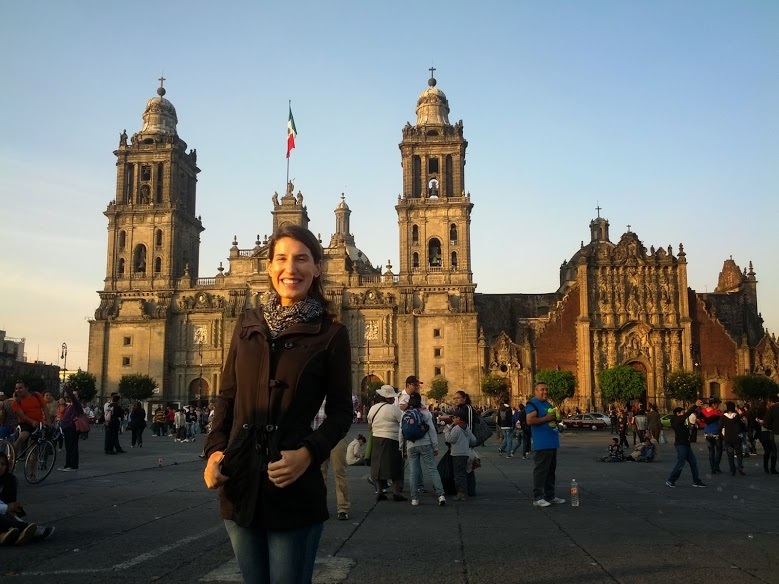
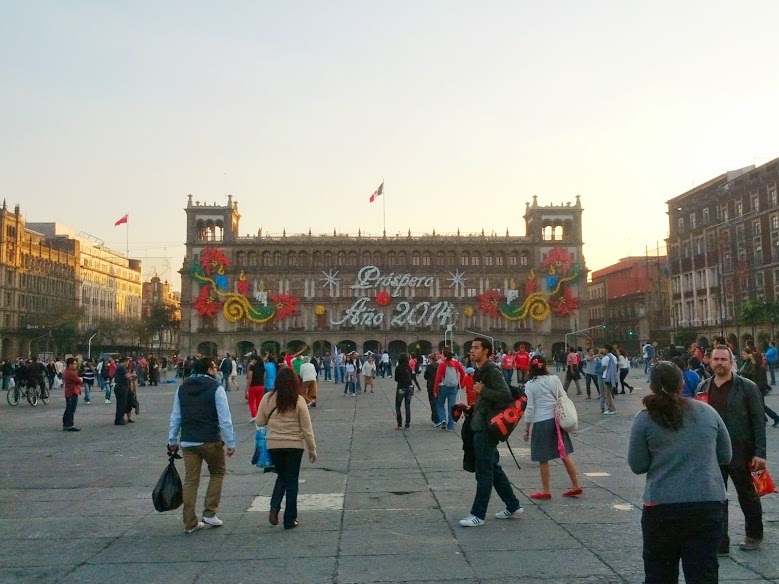
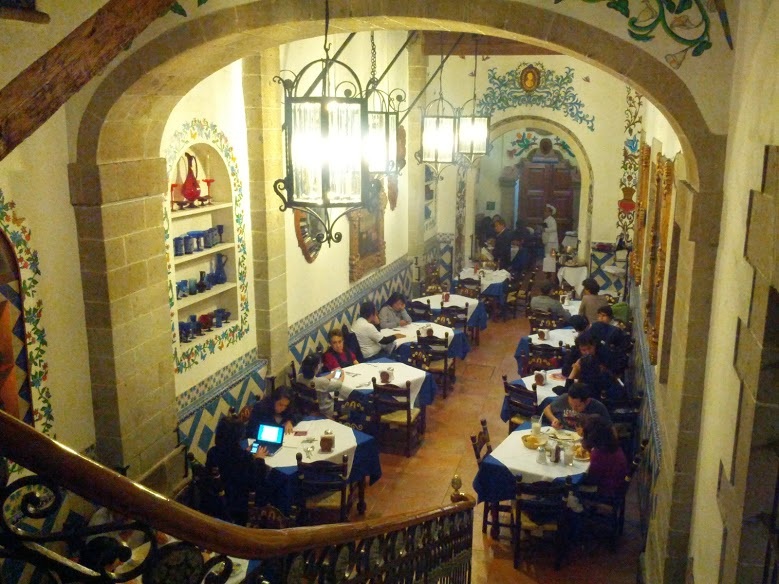
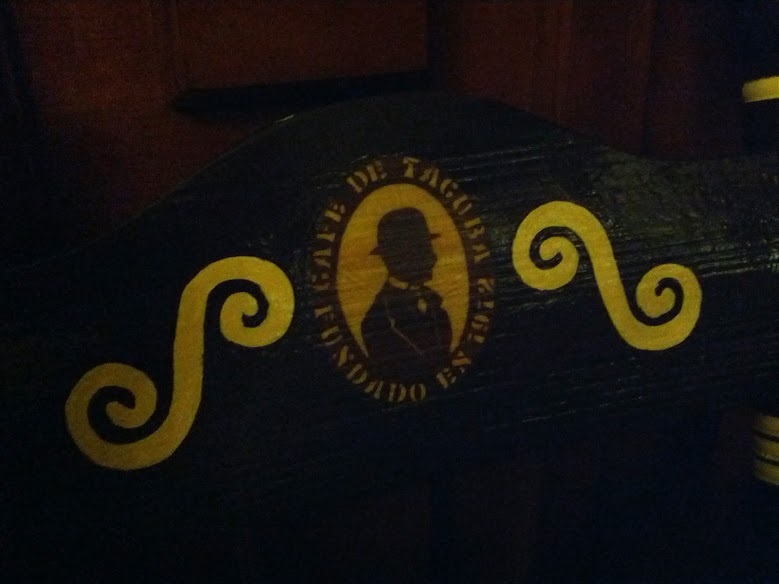
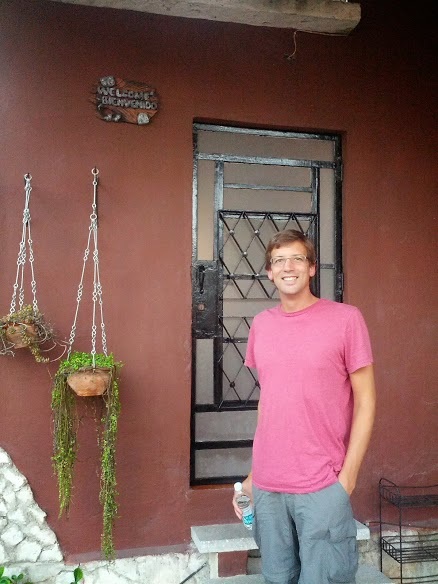
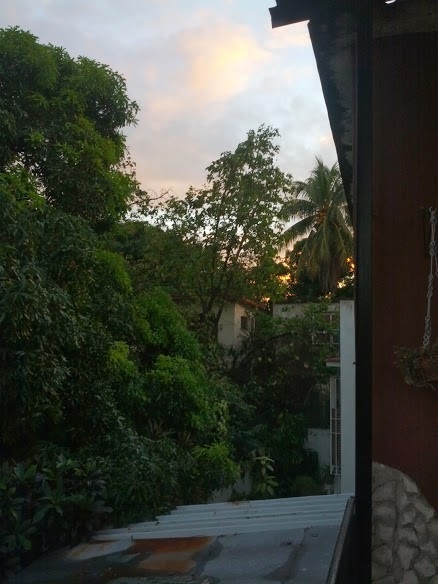
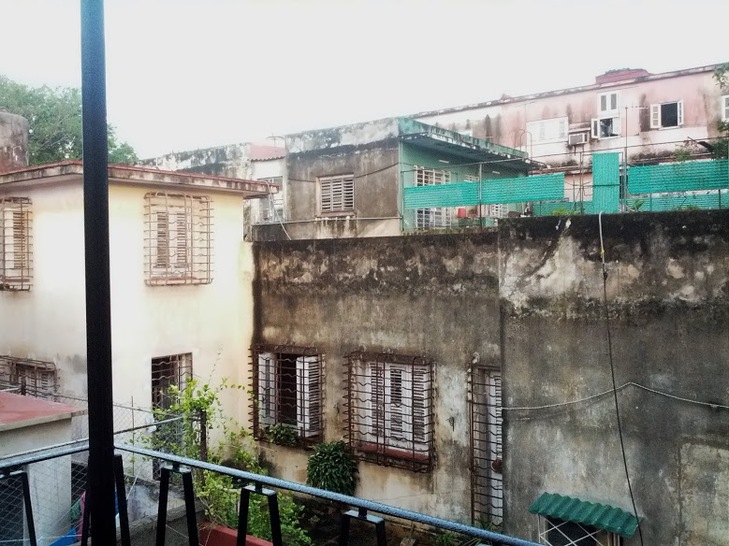
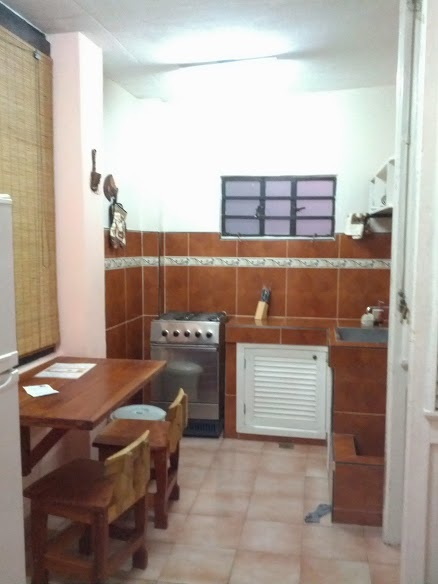
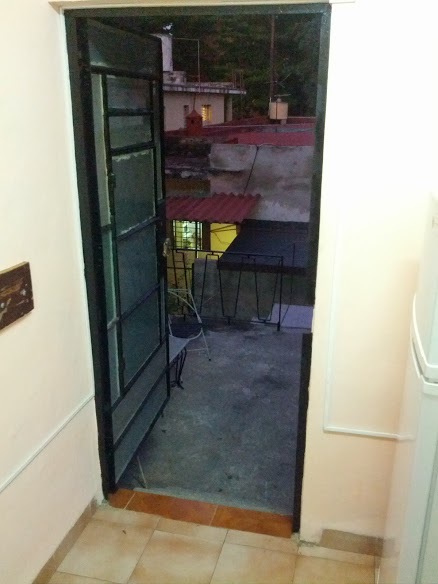
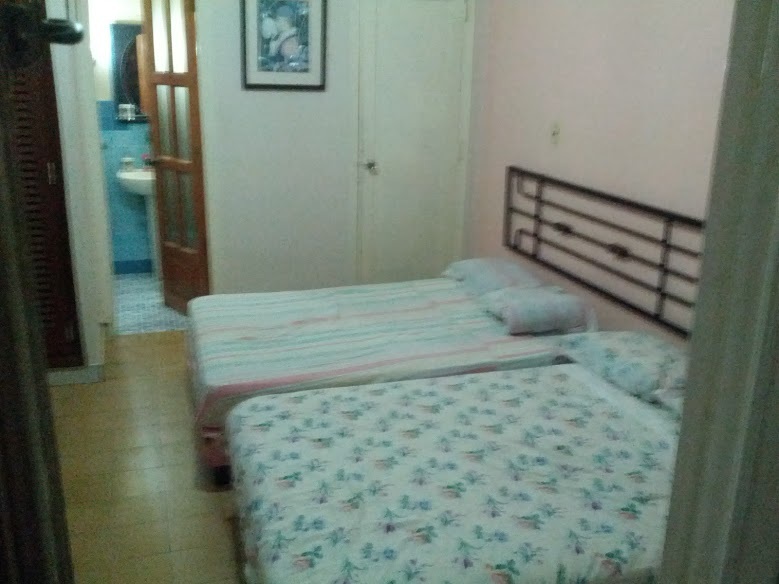
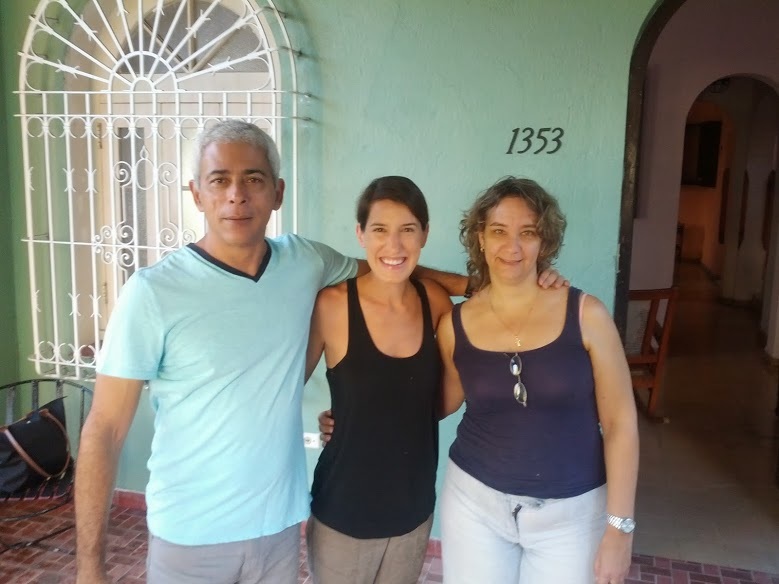
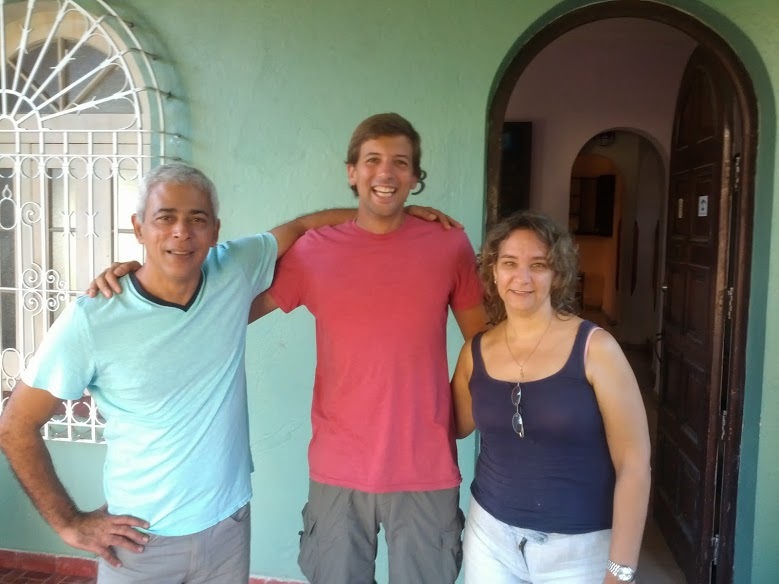
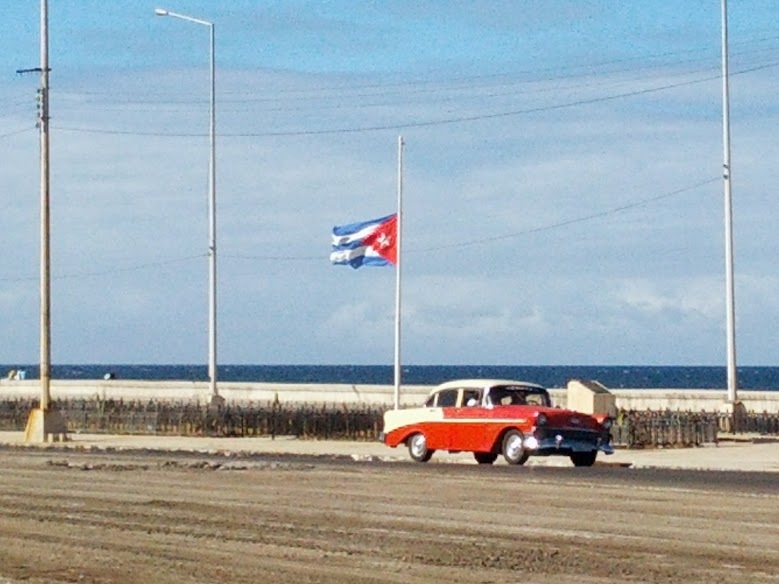
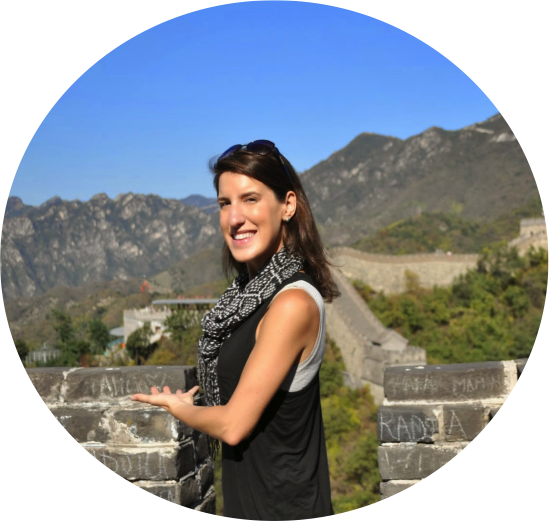

 RSS Feed
RSS Feed
